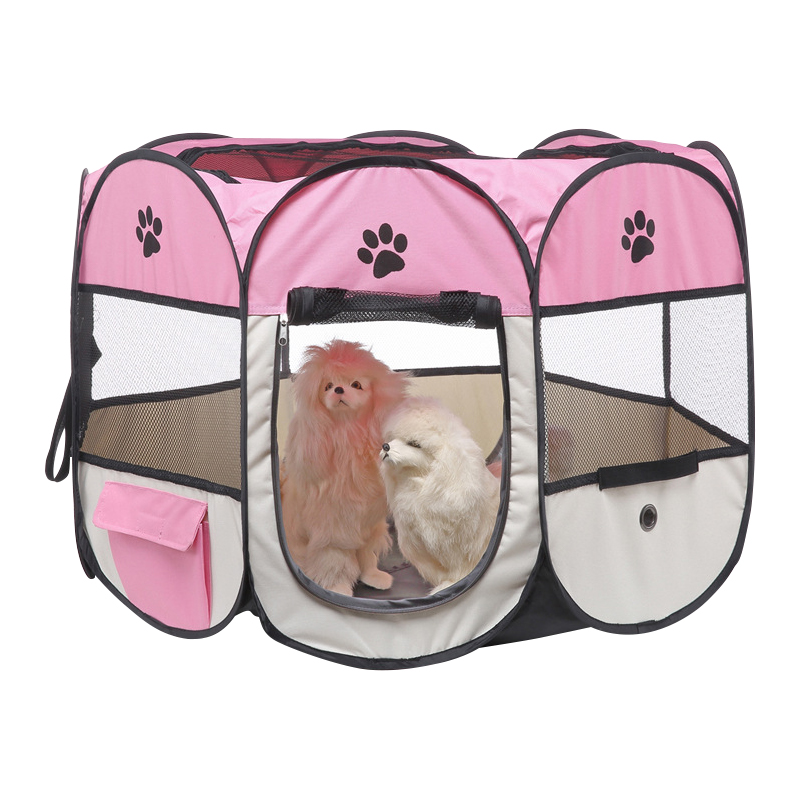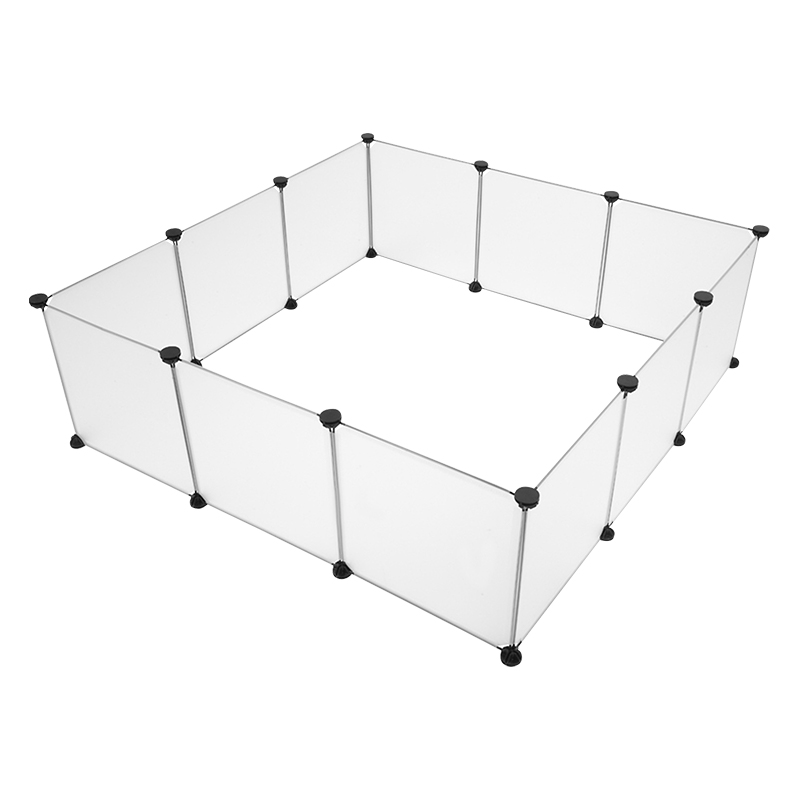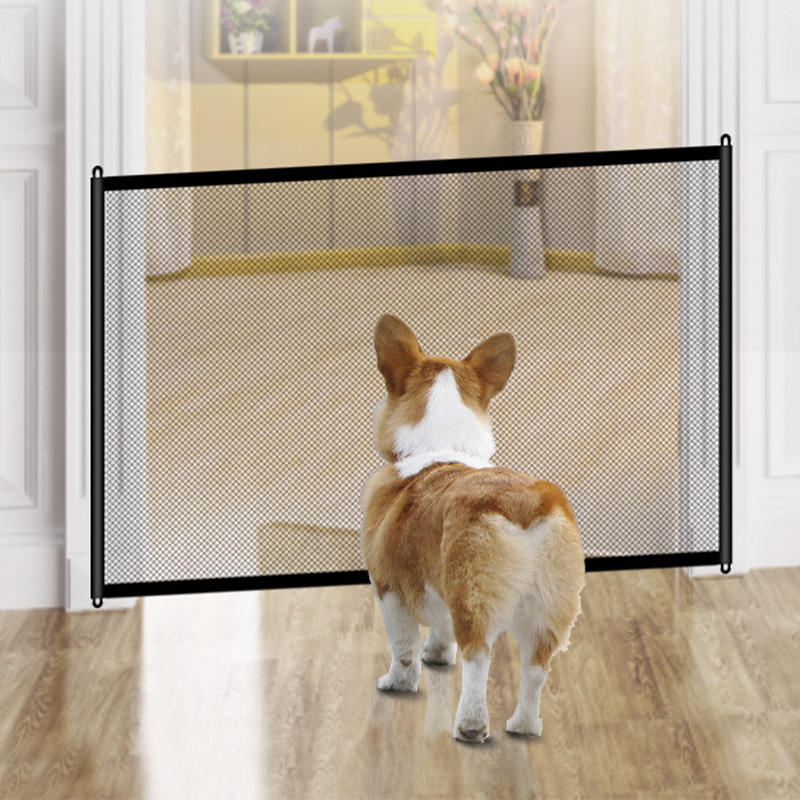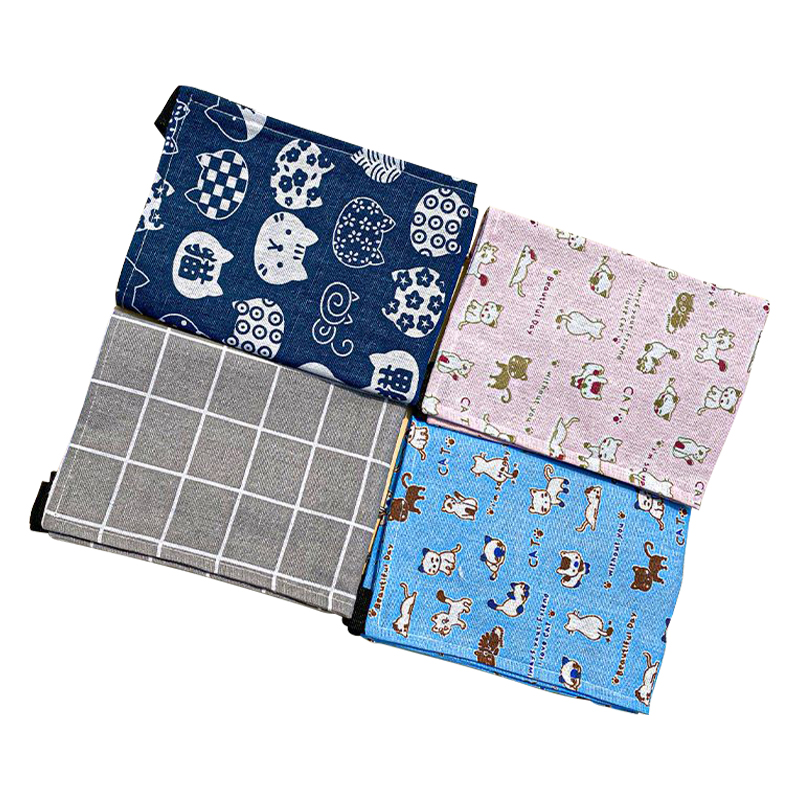More pet owners have started turning to practical solutions for managing their pets at home, and one of the rising trends is the use of the plastic panel fence. Easy to assemble, move, and store, this type of fencing has become a go-to option for those looking for flexible and affordable ways to create safe spaces for pets indoors or in the yard.

A big reason behind the growing interest in plastic panel fences is their lightweight yet sturdy construction. Unlike traditional fencing, which often requires tools and permanent installation, these panels can typically be snapped together without much hassle. For families with small to medium-sized dogs, or even rabbits and other indoor pets, a plastic panel fence offers a quick and convenient way to contain pets without making structural changes to the home.
Alongside the rise of these fences, the concept of the pet play yard fence has also caught on. This kind of fence serves a similar purpose but is often designed specifically with playtime in mind. It gives pets a bit more room to roam while still keeping them safely within a defined area. Whether it's placed in the living room, on a patio, or in a grassy backyard, a pet play yard fence creates a space where pets can move freely without supervision every second.
What appeals to many owners is how adaptable these products are. A plastic panel fence isn't just for one layout. You can shape it into squares, rectangles, or even custom shapes to fit different rooms or outdoor spots. This means it’s just as useful for a quick setup during a backyard barbecue as it is for daily use inside an apartment. The panels are usually made from durable plastic that can handle some scratching and nudging, making them a reliable option over time.
The pet play yard fence, on the other hand, often features small doors, lockable latches, and sometimes even soft padding or ground stakes for outdoor use. These added details show that design is improving to better match the everyday needs of pet owners. While these features can differ between models, the general concept remains consistent: offering a safe and manageable environment where pets can play or rest.
One of the lesser-discussed benefits of both the plastic panel fence and the pet play yard fence is how they help with training. Whether it’s teaching a puppy not to jump on furniture or guiding a pet to stay in one area during guests' visits, these fences provide clear physical boundaries that support behavior shaping. Plus, since they’re not permanent, they can be stored away when not needed, making them useful during transitional phases in pet care.
Another point worth noting is the portability factor. Many pet owners these days travel or move more often, and hauling heavy equipment just isn’t practical. With a plastic panel fence, packing up and relocating doesn’t mean sacrificing the structure pets are used to. Similarly, a pet play yard fence can be disassembled and reassembled with ease, letting pets keep a sense of routine no matter where they are.
As more people adopt pets and adjust their homes to be more animal-friendly, the appeal of lightweight, modular fencing continues to grow. The ability to switch things up, clean them quickly, and adapt them as needed makes both the plastic panel fence and the pet play yard fence useful tools in daily life.











